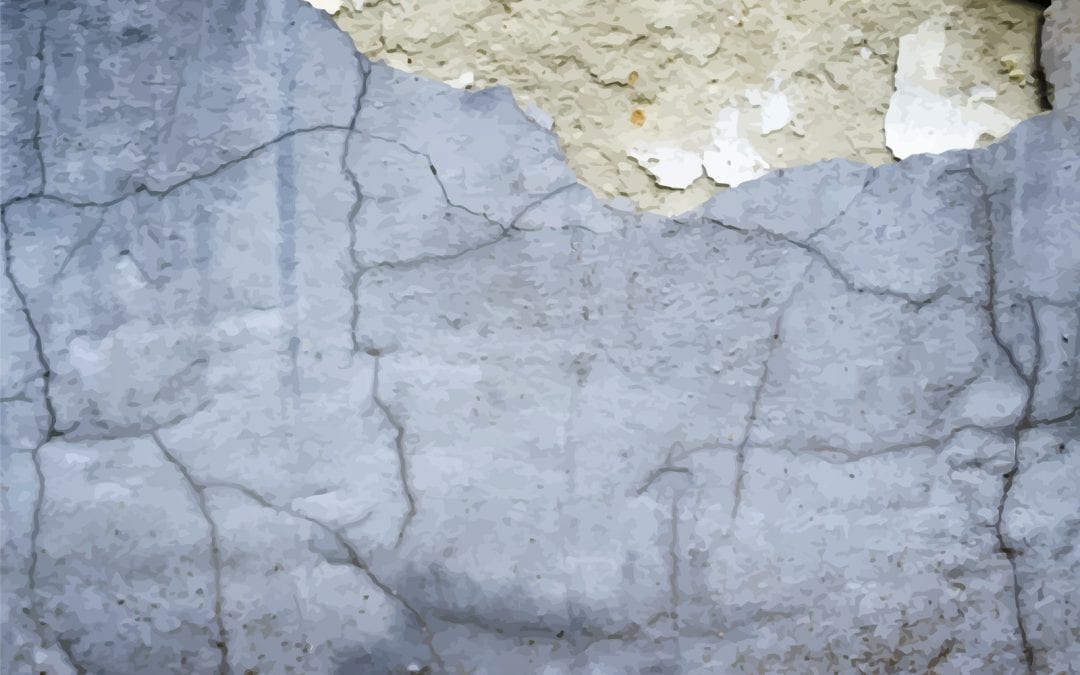How To Spot Bad Stucco – Signs And Symptoms
Stucco has received a bad reputation over the last couple of decades. Poor quality products combined with rushed installations have resulted in stucco pulling away from walls and moisture or damp setting in. It is important to recognize bad stucco in order to remedy the situation as soon as possible whether you are a homeowner or are wanting to buy or sell a property.
For the last 20-30 years, stucco has been a commonly used building product in the Northeast. If you’re buying or selling a house from that time period, there’s a decent chance it’s got stucco and that it has stucco problems.
First things, first.
Fortunately, it is actually very easy to spot the signs and symptoms of bad stucco if you are paying attention. Look for the following visible and not so visible signs:
- Check for visible signs of mold. The moisture that collects behind the stucco creates the ideal environment for mold growth. Keep in mind that mold can be a health hazard. Stucco that has turned black or has black patches has been affected by mold.
- A musty, dank odor is another sign of bad stucco. This odor comes from the moisture and may also be a result of mold growth.
- Leaks that do not originate from plumbing could be due to bad stucco. Whether the leak occurred recently or years ago, this is a sign that needs attention.
- Crumbling or missing caulking that has become aged.
- Siding that is pulling away from the house or has become cracked.
- Wood rot in the exterior walls or fixtures in the home.
There are a few other things to look for, too.
Is there a wood-framed chimney?
It’s pretty easy to determine if there is a wood-framed chimney.
- Tap on the exterior of the chimney two to three (2-3) feet from the base.
- Pay attention to how it feels and sounds when you tap it.
- If the surface feels solid and hard, it is likely made of block masonry.
- However, if the surface feels hollow, softer, and bouncy, it is probably constructed with wood framing.
Based on oiur 30+ years of experience in exterior construction, wood-framed chimneys have been a common issue causing stucco failures. If you have a hollow and bouncy surface, it is likely that the wood-framed construction of your chimney is already causing stucco problems for the home.
Is the transition between the stucco and other siding material properly sealed?
When it comes to the stucco or EFIS finishes, it is absolutely crucial to ensure that different materials are properly separated. Inspect the junctions between different materials.
Are they properly sealed? Does the sealant appear in good condition (not moldy or turning black)?
In our experience inspecting homes with stucco failure, the vast majority have seen the problems starting where different siding materials meet. By ensuring proper separation and sealing at material junctions, homeowners can significantly reduce the risk of stucco failure and ensure the longevity of their property’s exterior facade.
If your house is experiencing any of this, contact us immediately.

